What Is the Most Common Breast Lift Incision Type?
The breast lift incision type you choose is basically the location where your plastic surgeon places cuts to excise excess skin, fat, and tissue from the breast. Wherever these incisions are, scars will form. Fortunately, scars from each breast lift incision opening should not be too noticeable after several months — and especially after several years — because they will fade and flatten with time.
So, what’s the most common breast lift incision type?
Before we can answer this question, we must first provide a brief overview of the four main breast lift incision options available to you.
Basic Overview of Breast Lift Incision Types
#1 – Crescent Breast Lift Incision
The crescent breast lift incision is a subtle yet effective technique used in breast lift procedures. It involves making a small incision along the upper half of the areola.
This method is ideal for patients with minor sagging issues as it provides only a slight lift. But even though it may not provide dramatic results, it’s a suitable choice for those looking for a slight enhancement — and with minimal scarring.
#2 – Donut Breast Lift Incision
The donut breast lift incision — also known as the periareolar incision when performed with breast augmentation — encircles the outside of each areola. This approach is popular for patients who have moderate breast sagging and who are seeking an improved overall breast shape.
In addition to getting rid of excess breast skin and breast tissue, this type of breast lift procedure also allows your surgeon to reposition the nipple and reduce the size of the areola if needed. Each incision encircles the areola, but they typically heal well so that the breast lift scars are not highly noticeable.
#3 – Lollipop Breast Lift Incision
The lollipop breast lift incision combines two incisions: one around each areola and a vertical incision extending from each areola to the breast crease. The result appears in the shape of a lollipop.
This surgical procedure is effective for breast lift patients who have moderate to severe sagging breasts. While there is more scarring compared to the previous two techniques, this method does provide better reshaping and lifting results than the crescent and donut methods.
#4 – Anchor Breast Lift Incision
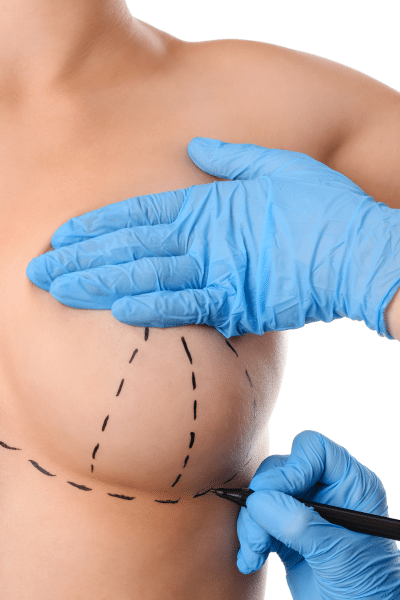
This method is suitable for patients with severe breast sagging. It provides the most dramatic lift and reshaping results. And while the scarring is more noticeable, it typically becomes less noticeable as time passes. Incidentally, the anchor incision pattern can also be used with a breast reduction to remove excess fat, tissue, and skin, effectively reducing the overall size of the breasts.
What’s the Most Common Breast Lift Incision?
The most common breast lift incision technique is likely the lollipop incision, though it always depends on the individual patient.
The truth is that for most patients, the lollipop incision strikes a good balance between effectiveness and minimal scarring. So, patients can achieve a substantial lift of the underlying breast tissue while removing excess skin and emphasizing the patient’s own natural breast contours.
What Does a Breast Lift Incision Look Like?
The appearance of a given breast lift incision will vary depending on the technique and incision pattern that is used.
The crescent incision results in a small scar along the upper areola. The donut incision encircles the areola. The lollipop incision involves a circular incision around the areola and a vertical line to the breast crease. The anchor incision is the most extensive, with three incisions around the areola, vertically to the breast crease, and horizontally along the breast crease.
As far as scarring goes, most incisions will appear bright red or pink as they initially heal. Then, they will fade to a lighter pink, and then a soft white, over time. Patients will darker skin may notice their scars fade to a darker shade than their natural skin tone.
But in order for proper healing to occur, patients must attend to their incisions carefully, care for their scars by applying the required compression garments and or silicone gels or sheets, avoid the sun, and have patience. With proper care and attention, most scars from plastic surgery procedures like breast lifts will fade and flatten out nicely.
FAQ: Breast Lifts & Breast Lift Incisions
How long do breast lift incisions take to heal?
The average breast lift incision healing time is around two to four weeks initially. It’s essential to follow your surgeon’s post-operative care instructions closely during this time.
Is the incision painful after breast lift surgery?
Amidst the breast lift recovery time, some discomfort and pain should be expected, especially over the first few days. Your surgeon can prescribe pain medication to manage this, and it should improve as time goes on.
What if my breast lift incision is not healing?
A breast lift incision not healing is a sign that something is wrong. If you notice any unusual symptoms, such as excessive redness, swelling, discharge, or signs of infection, it’s crucial to contact your surgeon immediately to address the issue and prevent complications.
How much does a breast lift cost?
The cost of a breast lift will ultimately vary depending on where you have surgery, who performs it, and whether you add additional procedures. You must consult with a board-certified plastic surgeon for an accurate cost estimate that is tailored to your specific needs.
Call Today to Set Up an Appointment
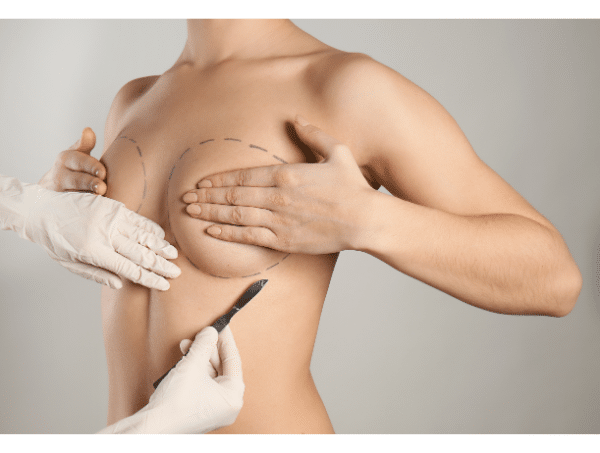
When deciding on the best incision type for your breast lift surgery, it’s best to work directly with your plastic surgeon. Ensure you choose a board certified surgeon with long-term experience performing breast lifts.
Double board certified plastic surgeon Dr. David Sieber has extensive breast lift experience and can help you make the ideal breast lift incision choice for your goals and anatomy. Call today to book a consultation appointment with Dr. Sieber.



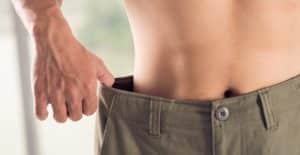 What Do the Trends Say?
What Do the Trends Say? Ultimately, the best way to know if you qualify for male liposuction is to book a consultation.
Ultimately, the best way to know if you qualify for male liposuction is to book a consultation. The trans-umbilical breast augmentation (TUBA) incision is a unique technique that is rarely used. In fact, it can only be used with a saline implant.
The trans-umbilical breast augmentation (TUBA) incision is a unique technique that is rarely used. In fact, it can only be used with a saline implant.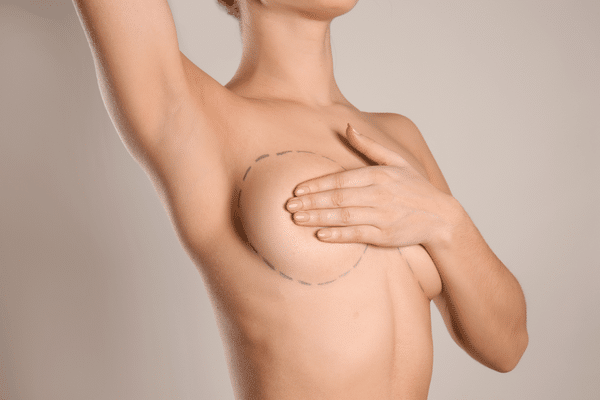 With each breast augmentation surgery, many decisions must be made. What types of breast implants are right for you?
With each breast augmentation surgery, many decisions must be made. What types of breast implants are right for you?  Plastic Surgery for Men With Gynecomastia
Plastic Surgery for Men With Gynecomastia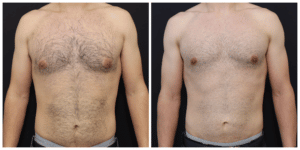 You should notice immediate results from your gynecomastia surgery. Over time, incision lines will fade and post-surgical swelling will go away. You should become more satisfied with the results as you recover from the procedure.
You should notice immediate results from your gynecomastia surgery. Over time, incision lines will fade and post-surgical swelling will go away. You should become more satisfied with the results as you recover from the procedure.